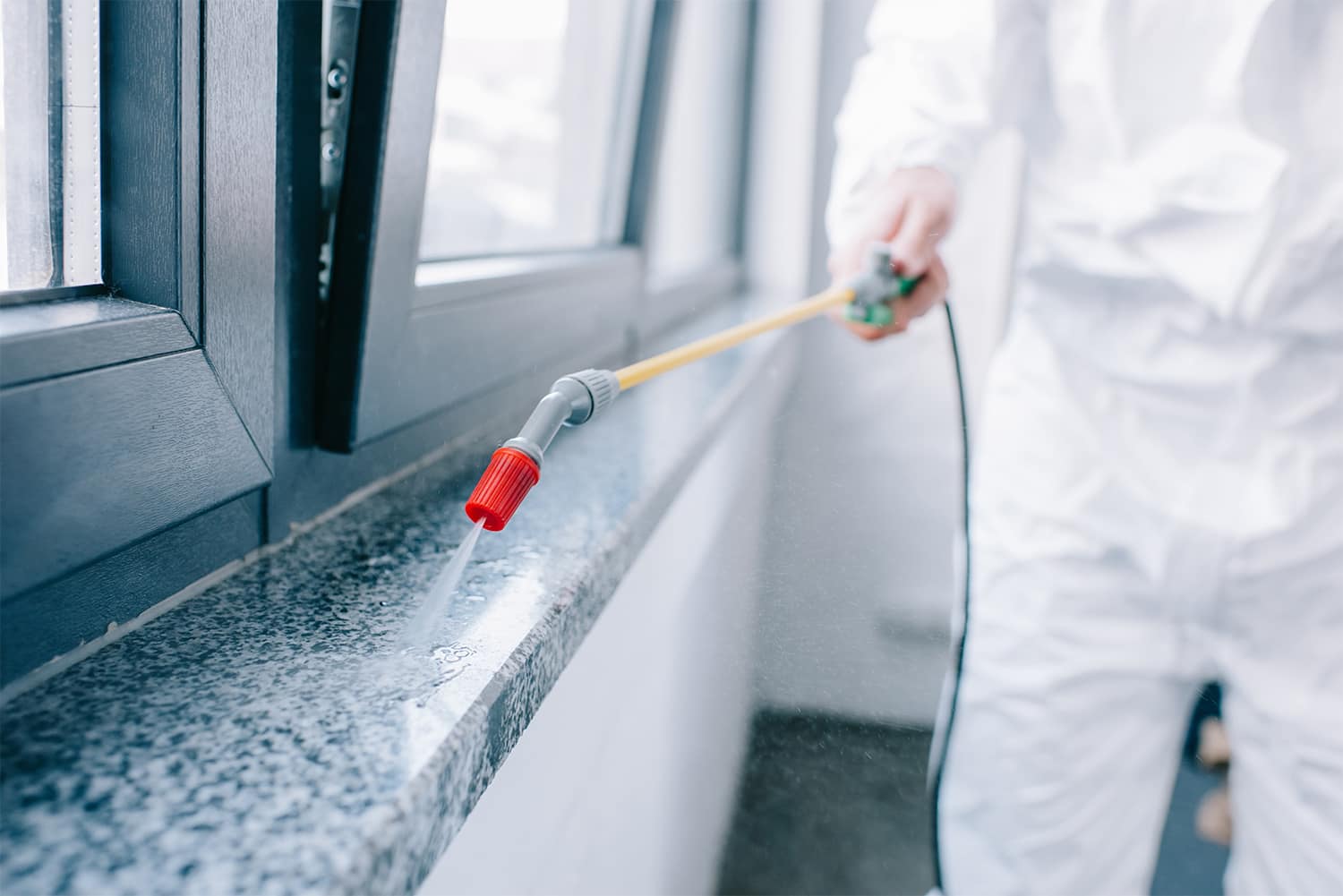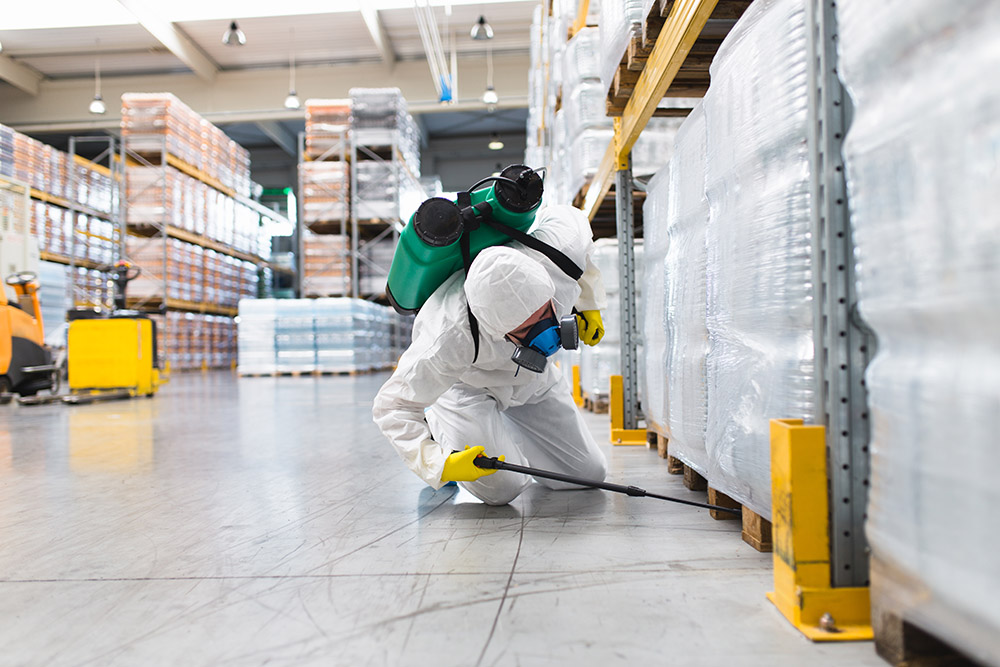Pest Control Auckland: Your Regional Professionals for Efficient Pest Management
Pest Control Auckland: Your Regional Professionals for Efficient Pest Management
Blog Article
Understanding Various Kinds Of Bug Control Techniques and Their Efficiency
The monitoring of pests is a vital aspect of preserving the health and honesty of different environments, from agricultural fields to property homes. When taking into consideration parasite control techniques, it is important to understand the diverse methods available and their varying degrees of performance. From chemical interventions to biological remedies, each technique offers special benefits and limitations. By discovering the subtleties of these insect control approaches, an extensive understanding of exactly how to resolve pest problems can be developed.
Chemical Insect Control Methods
Chemical bug control approaches play a pivotal duty in successfully taking care of and removing pest invasions in different environments. One of the vital benefits of chemical pest control is its ability to provide quick and targeted options to pest issues. Pest Control Auckland.
Nevertheless, it is necessary to take into consideration the prospective risks and downsides connected with chemical insect control methods. Overreliance on chemicals can result in the growth of pesticide resistance in pests, making them more difficult to control over time. Furthermore, the usage of specific chemicals can have unsafe results on non-target microorganisms, the setting, and human wellness otherwise applied correctly.

Biological Bug Control Techniques
Using natural killers and microorganisms to take care of parasite populaces properly, biological pest control approaches supply a green and sustainable strategy to pest monitoring. By promoting the task or introducing of organisms that naturally take advantage of or contaminate insects, such as ladybugs for aphid control or certain microorganisms for caterpillar problems, organic control can aid preserve pest populaces at workable degrees without the demand for synthetic chemicals. This approach is specifically useful for natural farming methods, as it prevents making use of possibly unsafe materials while preserving crop wellness.

Physical Bug Control Methods
While organic bug control techniques concentrate on using natural predators and virus, physical parasite control approaches make use of mechanical and physical obstacles to take care of parasite populations. These approaches are frequently considered eco-friendly as they decrease using chemicals. Physical pest control includes techniques such as capturing, making use of barriers like screens or internet, and physically eliminating insects from the area.
Traps are typically used in physical pest control to record and eliminate parasites like pests and rats. One more physical technique is the use of obstacles such as fencings, nets, or displays to prevent bugs from going into or infesting specific areas.
Natural Pest Control Techniques
Integrating plant-based repellents and natural predators is a vital technique in carrying out efficient natural bug control explanation methods. By urging the visibility of useful pests like ladybugs, lacewings, or predatory termites, gardeners can naturally regulate pest populations. These killers eat common garden bugs such as caterpillars, termites, and aphids, aiding to keep a balanced ecological community without the need for chemical treatments.

Additionally, carrying out social methods such as plant rotation, buddy growing, and preserving proper plant wellness can likewise boost the effectiveness of all-natural pest control methods. These methods not just aid in protecting against insect infestations however also promote biodiversity and overall ecosystem strength. By integrating these all-natural approaches, individuals can properly handle parasites while reducing ecological impact.
Integrated Pest Monitoring (IPM) Method
Executing an Integrated Pest Administration (IPM) strategy is essential for successfully controlling insect populations while lessening dependence on chemical pesticides. IPM is a lasting and thorough strategy that integrates different pest control techniques to accomplish lasting solutions. This method concentrates on prevention, control, and surveillance to address pest concerns in an environmentally friendly fashion.
IPM incorporates biological, social, physical, and mechanical strategies with the limited and calculated use of pesticides when necessary. By emphasizing proactive actions such as habitat adjustment, biological control, and exclusion, IPM aims to decrease insect populaces and their impact on the community. Routine tracking is important in IPM to examine bug degrees precisely and figure out the most suitable control methods.
Among the key advantages of IPM is its capacity to decrease the dangers associated with excessive pesticide usage, such as ecological contamination and damage to non-target organisms. Furthermore, IPM promotes a more holistic technique to pest administration by thinking about the general ecological community characteristics. In general, the IPM approach supplies check it out a reliable and lasting remedy for bug control while promoting ecological obligation.
Conclusion
Finally, comprehending the different sorts of bug control techniques and their effectiveness is critical in successfully managing parasite problems. Chemical, organic, physical, and natural bug control approaches each have their own benefits and limitations. Integrated Pest Monitoring (IPM) approach, which combines numerous techniques for sustainable bug control, is progressively being acknowledged as a ecologically friendly and alternative remedy. By utilizing a mix of these methods, individuals and companies can efficiently regulate parasites while lessening injury to the environment.
Chemical insect control techniques play a pivotal function in properly taking care of and eradicating pest infestations in various settings.Making use of natural killers and microorganisms to handle bug populaces successfully, biological insect control approaches provide a environmentally friendly and lasting method to pest monitoring. By promoting the activity or presenting of organisms that normally prey on or contaminate parasites, such as ladybugs for aphid control or specific bacteria for caterpillar invasions, organic control can aid keep parasite populations at workable degrees without the need for artificial chemicals.While organic bug control methods concentrate on harnessing all-natural killers and pathogens, physical pest control approaches utilize physical and mechanical obstacles to handle bug populations. Integrated Parasite Administration (IPM) method, which combines various techniques for sustainable blog parasite control, is increasingly being recognized as a all natural and ecologically friendly solution.
Report this page